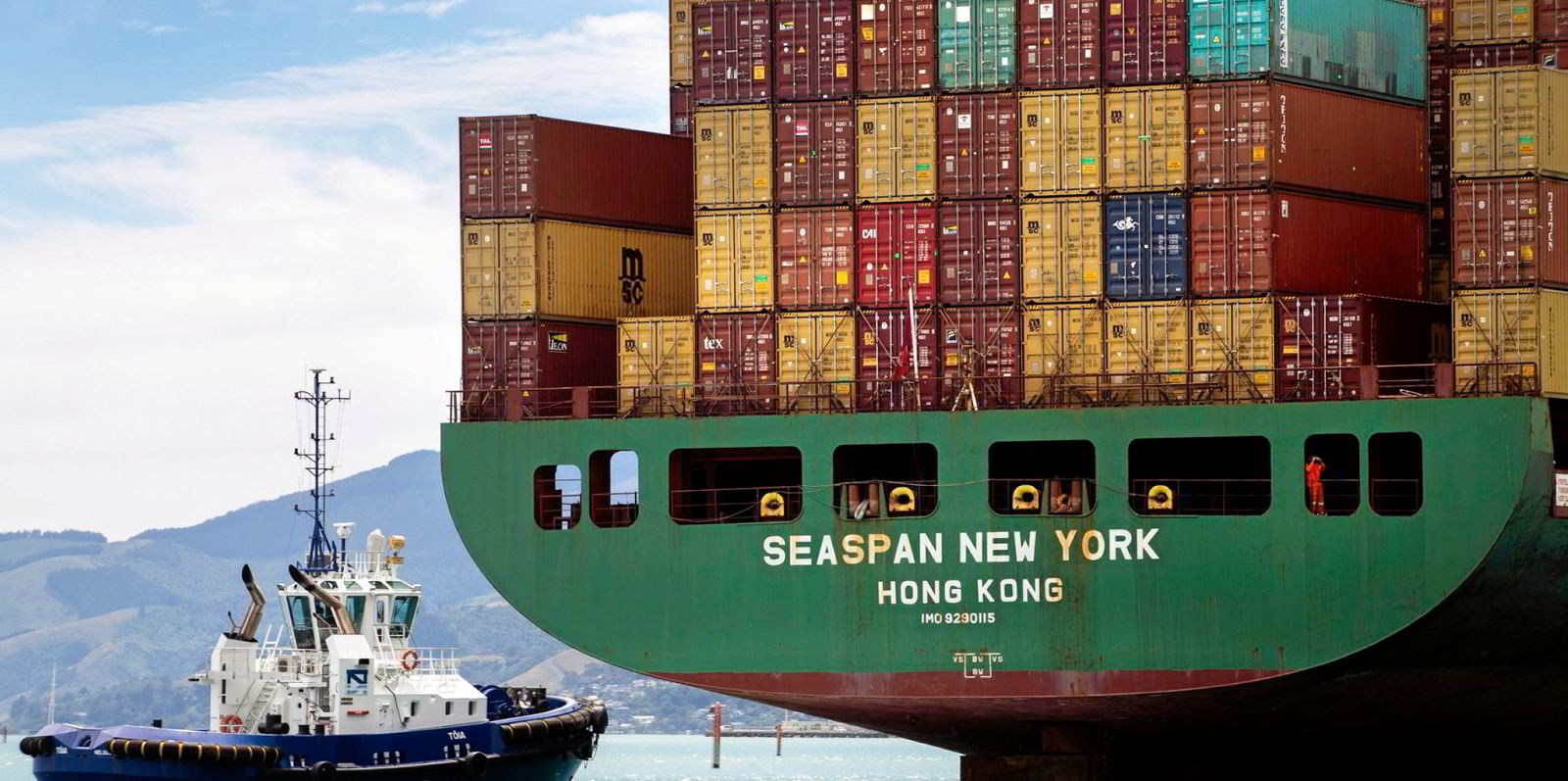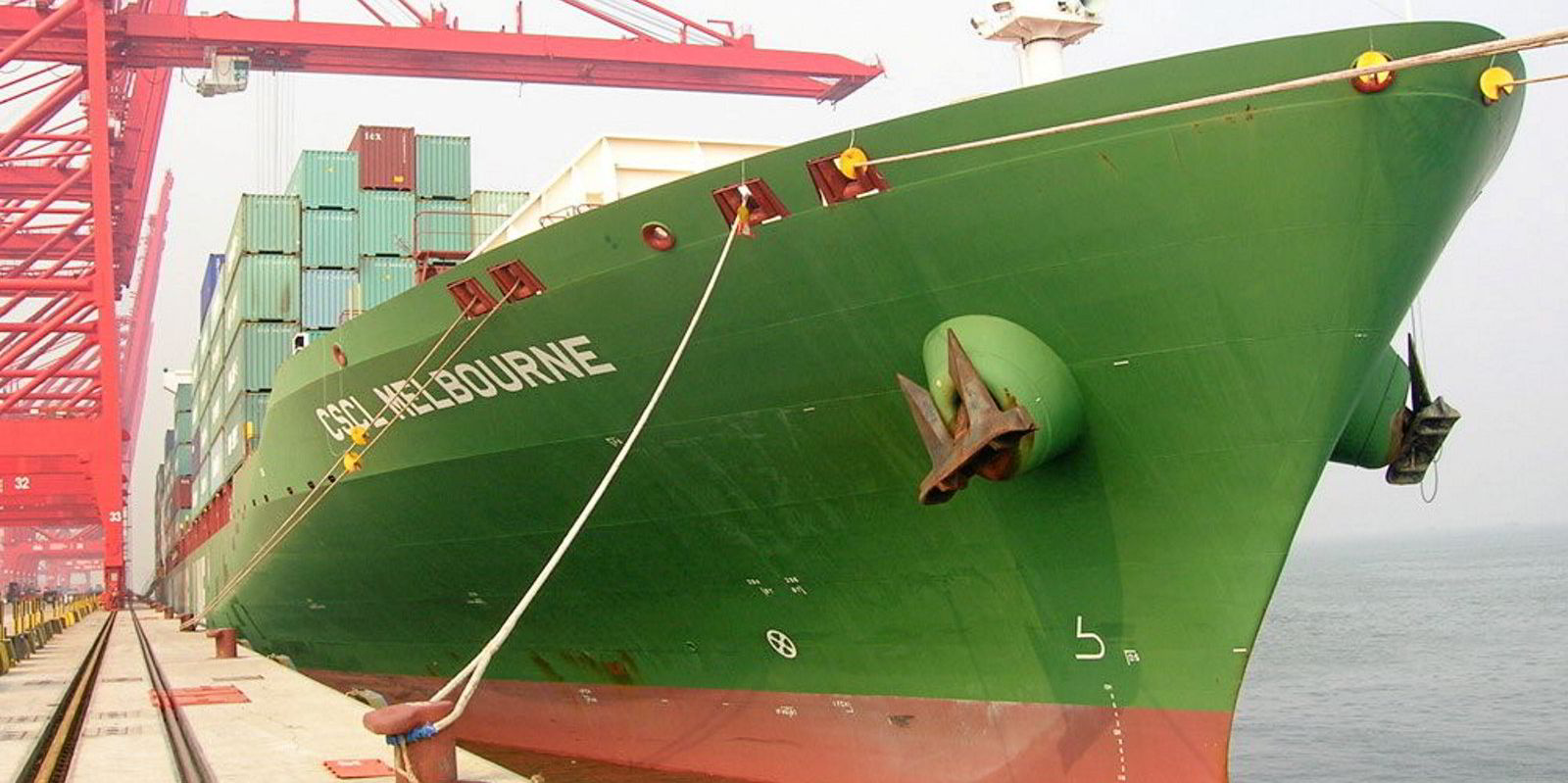Soaring container freight rates are bound to stay high as long as Covid-19 continues to snarl supply chains, according to top brass for Seaspan Corp parent Atlas.
Rates skyrocketed last year as supply became overwhelmed with a tsunami of pandemic-delayed products from China that has since made boxships practically worth their weight in gold.
Executives pointed to resurgence of lockdown measures as a key factor in continuing to prop up rates.
“The Covid lockdowns in China are not helping unlock anything,” chief commercial officer Peter Curtis said during Thursday’s first-quarter earnings call for Seaspan Corp’s parent company.
“The deployment of tonnage and the backorders are also not helping unlock anything right now. Until we start getting these supply chain unlocked and moving again, I think we’re going to see continued high demand for tonnage.”
The Freightos Baltic Index’s daily average freight rate for the benchmark Asia-to-North America route went from almost $4,000 per 40-foot equivalent unit (feu) in January 2021 to a high of almost $19,500 per feu in September 2021.
It has since declined to $12,217 per feu on Wednesday, but even that figure is well above average rates that stayed below $2,000 per feu for the three years leading up to January 2020.
The container freight market’s impact on charter rates helped London-based Atlas deliver $169m in net income for the first quarter on Wednesday, up from $97.6m for the same period last year.
Seaspan expects this consumer demand for containerised goods to keep rates elevated and volatile if supply-chain woes between China and the US persist, he said.
“We see that remaining strong through the rest of the year,” Curtis said.
“Almost anything that floats and can carry a container is employed.”
But Seaspan, which has a fleet of 132 vessels, foresees an end to the supply-chain crunch and an eventual return to historically normal rates at some point, he said.
“It will happen,” he said.
“I expect that probably this is something that maybe we’ll start seeing coming into 2023.”
Global Ship Lease, which owns 65 boxships, also pegged supply-chain congestion as the main driver behind the high rates when it reported its first-quarter earnings on Tuesday.






